Current equine research studies
by Jenny Alonge
High-quality, evidence-based research is imperative for improving our equine patients’ clinical outcomes and quality of life. Scientists and veterinarians explore numerous topics to advance our ability to provide horses with exceptional veterinary care, and this article provides details on some current equine research projects.
Free swimming and exercise-induced pulmonary hemorrhage in endurance horses
Swimming is often used as a conditioning tool for equine athletes. Horses exhibit a different respiratory pattern when they swim, compared with their breathing mechanics on land — when horses swim, they inspire rapidly, hold their breath, and expire explosively. Researchers speculate that the explosive expiration may mean that swimming exacerbates exercise-induced pulmonary hemorrhage (EIPH).
Investigators evaluated 15 healthy, elite endurance horses who were accustomed to free swimming as part of their conditioning program one hour after swimming. Tracheo-bronchoscopic evaluations revealed low-grade mucus scores, but no tracheal blood. Bronchoalveolar lavage fluid analysis revealed a low cellularity, and the median red blood cell count (RBC) was much lower than the established EIPH threshold. These findings indicate that endurance horses who free swim are not predisposed to EIPH following a typical free-swimming training session.
Changes in saliva of horses with equine gastric ulcer syndrome
Equine gastric ulcer syndrome (EGUS) is diagnosed using gastroscopy, which is considered minimally invasive, but the fasting protocol can not only be concerning for owners but also provide logistical challenges. Researchers looked at saliva to find EGUS biomarkers in hopes of finding a complementary tool for the diagnosis. The study's objective was to measure calprotectin and aldolase in horses’ saliva as potential EGUS biomarkers.
Researchers evaluated 131 horses who were divided into five groups — healthy horses, horses affected by equine squamous gastric disease (ESGD), horses affected by equine glandular gastric disease (EGGD), horses affected by ESGD and EGGD, and horses with other intestinal pathologies. Results demonstrated that calprotectin and aldolase were significantly higher in horses with EGUS than in healthy horses, but horses with ESGD and EGGD, and horses with EGUS and horses with other intestinal pathologies showed no differences.
These findings suggest that calprotectin and aldolase may be useful as EGUS biomarkers, but further studies are needed.
Bone mineral density does not effectively predict proximal sesamoid bone fracture
Proximal sesamoid bone (PSB) fracture is the most common cause of fatal musculoskeletal injury in Thoroughbred racehorses. Researchers are investigating diagnostic techniques that may help identify racehorses at increased fracture risk. The study objectives were:
- Investigate third metacarpal and PSB density and mineral content using dual energy X-ray absorptiometry (DXA), computed tomography (CT), Raman spectroscopy, and ash fraction measurements
- Investigate PSB quality and metacarpophalangeal joint pathology using Raman spectroscopy and CT.
Researchers collected forelimbs from 29 Thoroughbred racehorse cadavers, which included 14 from horses who had experienced a unilateral PSB fracture and 15 control horses with no evidence of fetlock injury. Results demonstrated no association between bone mineral density and PSB fracture. Horses who had more high-speed furlongs in their training history had higher bone mineral density and more joint abnormalities, such as palmar osteochondral disease and third metacarpal sclerosis. These findings suggest that whole bone mineral properties or fetlock joint pathologies are not sufficient for identifying horses at risk for PSB fracture.
Digestibility and glycemic response of timothy-based haylage and timothy grass hay
Haylage is often an appealing choice because the forage contains low dust amounts and lower non-structural carbohydrates (NSC). The study’s objective was to determine if digestibility and glycemic response were different between timothy-based haylage and timothy grass hay.
Researchers evaluated four Thoroughbred geldings in a crossover design that involved two dietary treatments that included second-cutting timothy hay and timothy-ryegrass haylage over two 28-day periods. Diets were fed at 1.5% body weight. The hay contained 15% water soluble carbohydrates (WSC), 0.7% starch, 35% acid detergent fiber (ADF), and 57% neutral detergent fiber (NDF). The haylage contained 9% WSC, 0.8% starch, 39% ADF, and 66% NDF.
Total fecal collections were conducted during each dietary period’s last five days to determine digestibility. Glycemic response was measured on day 22 by analyzing plasma for glucose every 30 minutes for 480 minutes post-feeding and calculating the area under the curve. Horses fed haylage had a slower dry matter intake rate and also took longer to peak glucose. Dry matter digestibility was 58.1% for hay and 50.4% for haylage. Horses fed hay had higher NDF and ADF digestibility, while horses fed haylage had greater fecal moisture.
Tension relief technique aids primary traumatic wound closure in equines
Traumatic wounds are often under high tension, making wound closure difficult. Incorrect suturing can compromise microcirculation, and lead to skin necrosis and impaired wound healing. This retrospective case study’s objective was to evaluate an inexpensive tension-relief technique to help close equine wounds at high dehiscence risk.
Researchers evaluated all wounds managed with the Tension Tile System (TTS) at four equine hospitals from March 2017 to May 2021. The wounds were classified according to anatomical location, time elapsed prior to surgery, wound depth, and post-surgical immobilization. Outcome criteria were based on primary intention healing success. Findings suggest that the Tension Tile System is an economical and effective technique for closing equine wounds under high tension and can be used in numerous anatomical locations.







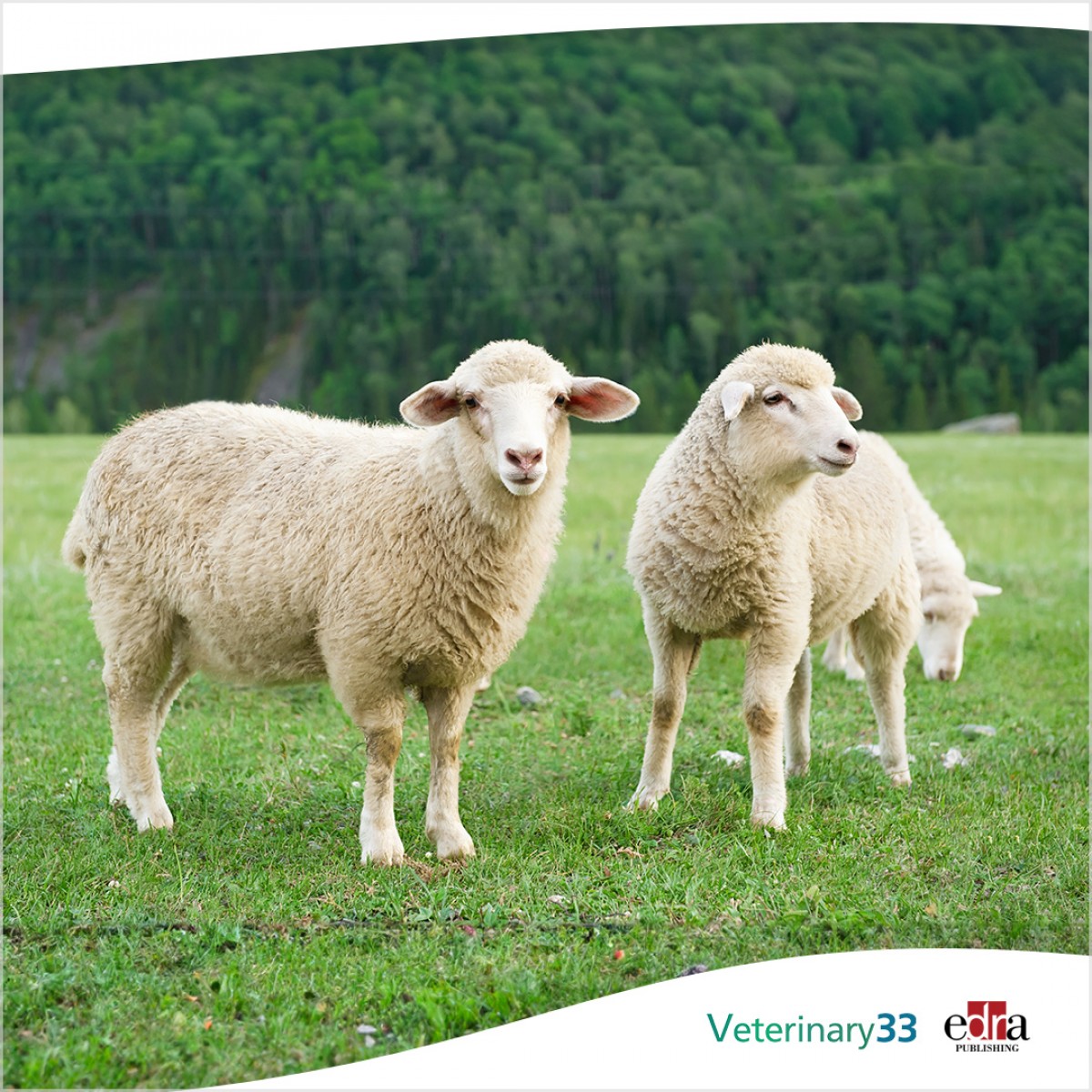
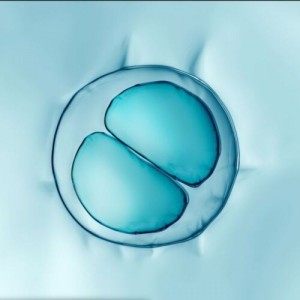

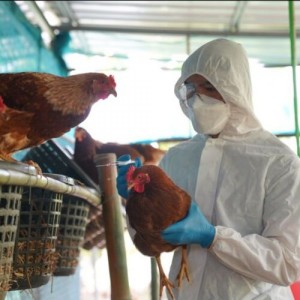
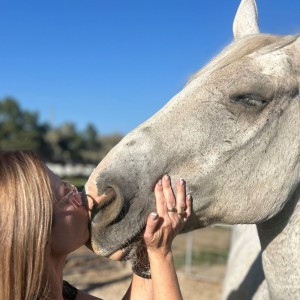
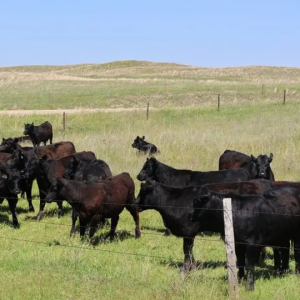

List
Add
Please enter a comment